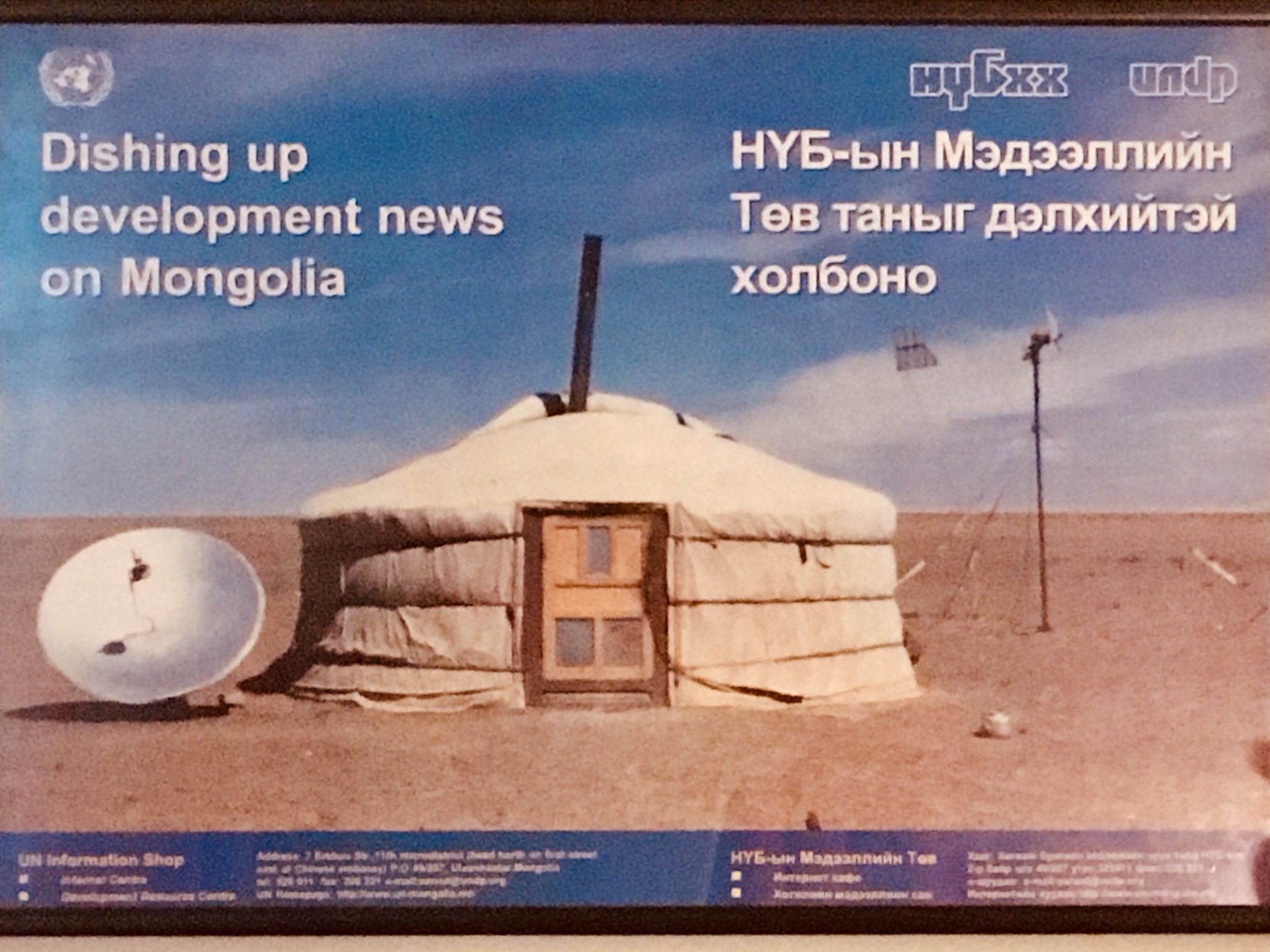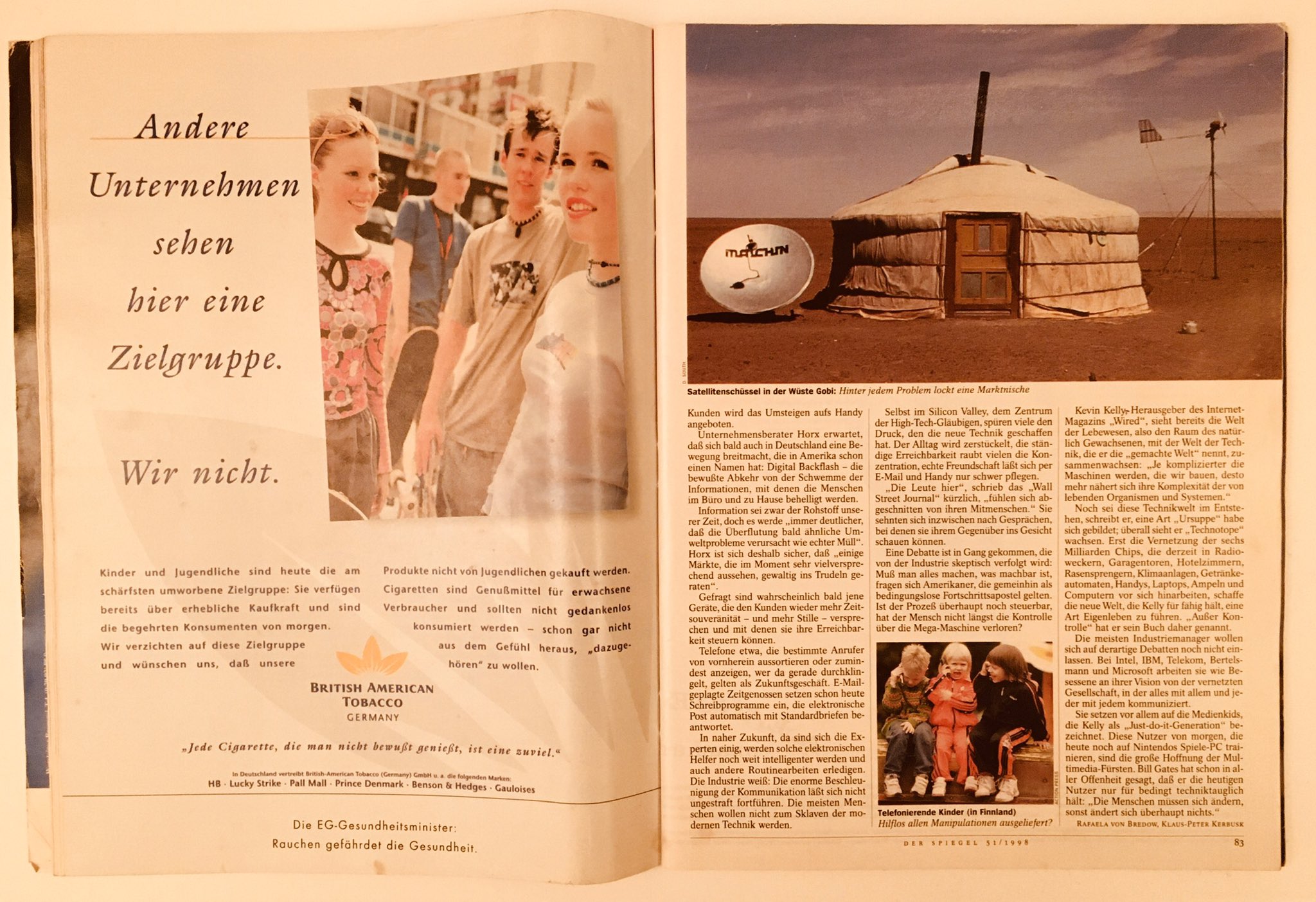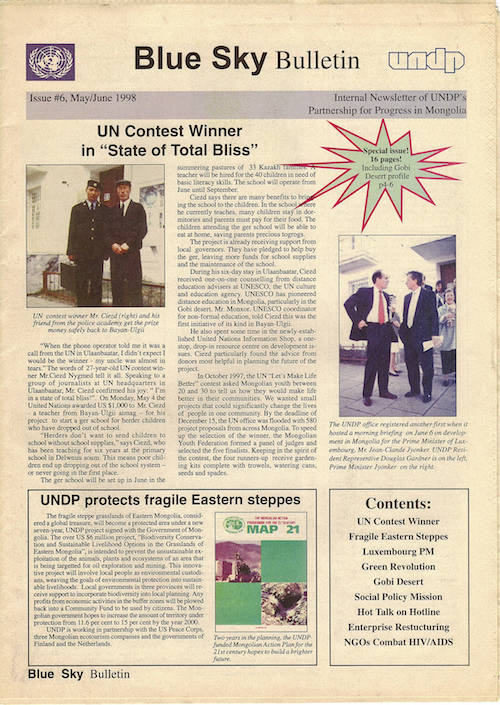Shocking assaults on women traveling in India have galvanized innovators to find solutions. One solution that is proving successful is to establish specialist taxi services for women. As a happy additional benefit, these taxi innovators are transforming the taxi experience, introducing more ethical practices such as honest fares, professional and safe driving habits and clean, hygienic and comfortable taxis.
With sexual harassment levels high and several shocking assaults and rapes of women in Indian cities grabbing global media attention, Indian women are now being offered a variety of women-driver-only taxi services to ensure they get to work and home again safely.
As well as offering their passengers security, these companies are also redefining the taxi experience with innovation. As travelers know, the taxi experience in many cities can be frustrating, fraught with scams, rip-offs, disputes over fares, unhygienic taxi interiors and poor driving skills. These pioneering women-only taxi companies are trying to show there is another way: that taxis can be clean, meters honest and driving safe and sound.
Security for women has come into the media spotlight in India after a series of high-profile attacks and sexual assaults. The country is undergoing major economic and social change as it modernizes and urbanizes. Women are seeing their incomes and their role in the economy increase.
This brings both opportunities and risks. Women who would have only lived and worked in a small geographical area, and generally associated only with their family or a small village, are now mobile and in contact with the busy urban environments of megacities awash with strangers.
One woman is raped every 20 minutes in India, according to the National Crime Records Bureau. But police estimate only four out of 10 rapes are reported, largely due to victims’ fear of being shamed by their families and communities. At the beginning of March 2013, a campaign to raise awareness on women’s safety was launched in Delhi to chime with International Women’s Day. The UN also confirmed in March 2013 a global strategy to combat violence against women (http://www.un.org/womenwatch/daw/csw/57sess.htm).
One champion of safer transport for women in India is Revathi Roy, a rally car driver and entrepreneur. She started a women-only taxi company in Mumbai called Forsche in 2007 out of raw economic need, and to solve a problem.
“I am a very fussy passenger and I would get upset that the seat was not comfortable, or the driver was driving too rashly for my liking,” Roy told BBC News.
“I would also find it irritating that some drivers would stare at me from their rear-view mirror and one day, I just decided I had had enough.”
Forsche – pronounced “for she” – a play on the German car maker Porsche’s name – was one of the pioneers in bringing all-women taxi services to India. Their drivers’ uniform came in pink and purple with a purple scarf worn around the neck.
However, Roy parted ways with her previous business partner and set up Viira Cabs (viiracabs.com/) in 2011. Viira means ‘courageous woman’ according to Roy.
Roy hopes passengers from young girls to senior citizens will feel safer and more confident knowing a woman is the driver.
“The attitude of Indian mothers is changing,” she said. “Now they know their daughters go out and drink. They realize they may as well keep them safe by putting them in the hands of a woman who at all times is playing the role of a mother or a sister. A man can’t be a woman. And just because a woman is sitting at the wheel she doesn’t become a man.”
The company has 20 taxis and 25 drivers. It uses a fleet of Maruti Eecos (http://marutisuzukieeco.in/), a mini van made by Suzuki capable of carrying four adult passengers and their luggage. Viira also seeks to improve driving standards on Mumbai’s roads by setting a good example with safe, defensive driving techniques.
A pioneer of female taxi drivers in India, Roy is now the Mentor and Chief Driving Officer for Viira Cabs. According to the company’s website, she is looking to train thousands of women to be able to make their livelihood as a taxi driver.
“Driving is still very male dominated and in Mumbai where most people travel by public transport, there are very few women with driving licenses,” she explained.
“Viira is a very powerful platform for poor, urban women who are now able to earn up to Rs 12,000 a month (US $222),” Roy told CNN.
Viira’s drivers wear a professional uniform of a peaked cap, white short sleeved shirt with blue trim, and a plastic identification badge on a blue lanyard. This makes it clear from the start to passengers who is driving them.
The service runs 24 hours a day, seven day a week, and journeys are dispatched from the company’s call centre. To keep the service safe as can be, all vehicles are monitored by GPS (global positioning system) and a panic alert system. The drivers receive self-defence and defensive-driving training so they can elude any dangers while on the road. They also know how to handle roadside emergencies and are backed up by 24/7 support from the call centre.
The taxis follow the standard charges set down by the Mumbai region. By using mini-vans, passengers are able to enjoy a comfortable and roomy ride in air conditioned comfort – a big plus in a hot country. The vans run on CNG (compressed natural gas) (http://en.wikipedia.org/wiki/Compressed_natural_gas), reducing pollution.
To add even more value to the journey experience, the taxis feature live television and Internet web surfing using something called Tabbie TM (Tablet in a Cab), a 10-inch-wide computer tablet.
In addition to the taxi service, the Viira Motor Training School offers driver training to women with low incomes. Its 12-week program covers all the main areas of taxi-driving skills – driving theory, mechanics, customer service, health and safety and self-defence – but also goes to the next level and gives the students training on a vehicle-driving simulator donated by the Suzuki company.
Roy said she hopes to expand the business from Mumbai to smaller urban areas “where Indian women are most starved of opportunities.”
Long-term, she wants to become “India’s premier chauffeur and fleet service.”
Roy’s success with these companies led to the founding of the social enterprise Sakh Consulting Wings (http://sakhaconsultingwings.com/about-us.php) to support establishing similar services in other Indian cities.
Sakha Consulting Wings is partnered with the Azad Foundation to promote taxi driving as a viable career for women from poor backgrounds.
Super Cabz in Delhi (http://www.supercabz.com/women-friendly-cab-service-delhi-ncr.php) is another service aimed at women. It has innovations such as panic buttons in the back seats of the cabs and mobilizers to allow the central call centre to shut the cab’s engine down in an emergency. There is also a GPS monitoring and tracking system to keep tabs on the cabs as they go about the city.
By David South, Development Challenges, South-South Solutions
Published: May 2013
Development Challenges, South-South Solutions was launched as an e-newsletter in 2006 by UNDP's South-South Cooperation Unit (now the United Nations Office for South-South Cooperation) based in New York, USA. It led on profiling the rise of the global South as an economic powerhouse and was one of the first regular publications to champion the global South's innovators, entrepreneurs, and pioneers. It tracked the key trends that are now so profoundly reshaping how development is seen and done. This includes the rapid take-up of mobile phones and information technology in the global South (as profiled in the first issue of magazine Southern Innovator), the move to becoming a majority urban world, a growing global innovator culture, and the plethora of solutions being developed in the global South to tackle its problems and improve living conditions and boost human development. The success of the e-newsletter led to the launch of the magazine Southern Innovator.
Follow @SouthSouth1
Google Books: https://books.google.co.uk/books?id=RfdcAwAAQBAJ&dq=development+challenges+may+2013&source=gbs_navlinks_s
Slideshare: http://www.slideshare.net/DavidSouth1/development-challenges-may-2013-issue
Southern Innovator Issue 1: https://books.google.co.uk/books?id=Q1O54YSE2BgC&dq=southern+innovator&source=gbs_navlinks_s
Southern Innovator Issue 2: https://books.google.co.uk/books?id=Ty0N969dcssC&dq=southern+innovator&source=gbs_navlinks_s
Southern Innovator Issue 3: https://books.google.co.uk/books?id=AQNt4YmhZagC&dq=southern+innovator&source=gbs_navlinks_s
Southern Innovator Issue 4: https://books.google.co.uk/books?id=9T_n2tA7l4EC&dq=southern+innovator&source=gbs_navlinks_s
Southern Innovator Issue 5: https://books.google.co.uk/books?id=6ILdAgAAQBAJ&dq=southern+innovator&source=gbs_navlinks_s

This work is licensed under a
Creative Commons Attribution-Noncommercial-No Derivative Works 3.0 License.
 Wednesday, December 30, 2020 at 3:02AM
Wednesday, December 30, 2020 at 3:02AM 

 In 1998 Der Spiegel's "Kommunikation total" issue profiled the global connectivity revolution underway and being accelerated by the Internet boom of the late 1990s. It chose my picture of a satellite dish and a ger in the Gobi Desert to symbolise this historic event.
In 1998 Der Spiegel's "Kommunikation total" issue profiled the global connectivity revolution underway and being accelerated by the Internet boom of the late 1990s. It chose my picture of a satellite dish and a ger in the Gobi Desert to symbolise this historic event. 1998,
1998,  David South,
David South,  Douglas Gardner,
Douglas Gardner,  Gobi desert,
Gobi desert,  UNDP,
UNDP,  UNDP Mongolia Communications Office,
UNDP Mongolia Communications Office,  austerity,
austerity,  crisis,
crisis,  poverty,
poverty,  shock therapy,
shock therapy,  transition,
transition,  women in
women in  Agenda 21,
Agenda 21,  Austerity,
Austerity,  Blue Sky Bulletin,
Blue Sky Bulletin,  Data,
Data,  David South Consulting,
David South Consulting,  Environment,
Environment,  Magazine Stories 1990s,
Magazine Stories 1990s,  Northeast Asia,
Northeast Asia,  Poor,
Poor,  Shock Therapy,
Shock Therapy,  Solutions,
Solutions,  Sustainable Development,
Sustainable Development,  Trade,
Trade,  UN Innovator Stories,
UN Innovator Stories,  UNDP,
UNDP,  UNDP Innovator Stories,
UNDP Innovator Stories,  UNDP Mongolia,
UNDP Mongolia,  United Nations,
United Nations,  United Nations Mission,
United Nations Mission,  Women
Women 




